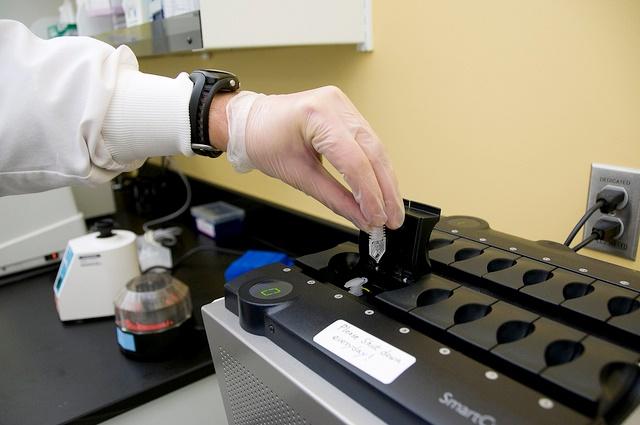Two new reports provide details on the emergence and dissemination of the MCR-1 gene, which can make bacteria resistant to the powerful last-resort antibiotic colistin, one from Portugal and one from Brazil.
Both studies were published yesterday in the journal Eurosurveillance.
Positive tests in 11 Salmonella isolates
In the first study, researchers detected the MCR-1 gene in 11 Portuguese Salmonella isolates recovered from human clinical samples and pork products from across the country from 2011 to 2015. The researchers analyzed a total of 1,010 Salmonella isolates recovered from human clinical cases, food products, food-animal production settings, and aquatic environments going back to 2002. All the isolates carrying the MCR-1 gene demonstrated a resistance to colistin.
The authors noted that the 11 isolates that tested positive for the MCR-1 gene belonged to two serotypes (Salmonella i4512i and Salmonella Rissen) that have been strongly associated with pig production and have caused human infections in Europe. They were also co-resistant to antibiotics used in a human and/or veterinary context.
The MCR-1 gene was first reported late last year by an international team of researchers who found it in a strain of Escherichia coli identified in pigs, raw pork meat, and a handful of hospitalized patients in China. The gene has raised alarms because it enables bacteria to disable colistin, an antibiotic that is used when bacterial infections—such as gram-negative E coli—won't respond to other antibiotics.
Public health officials are also concerned that the gene, which is found on mobile pieces of DNA known as plasmids, can be easily copied and transferred between different strains of bacteria and therefore has the ability to spread rapidly. Since its initial discovery in November 2015, MCR-1 has been identified in several other countries, including the United States.
Although colistin is used sparingly in humans, it's widely used in agriculture to promote growth in food-producing animals. Experts believe the agricultural use of colistin is a major factor in the emergence of MCR-1. The available data from Portugal, the authors of the study noted, indicates that the use of colistin and other polymyxin antibiotics in food-producing animals has been among the highest in Europe.
Other antibiotics may contribute
In the other report, Brazilian researchers suggested in a letter to the editor that other antibiotics in animal feed may also be playing a role in the emergence of MCR-1.
The authors of the letter wrote that they had identified 10 MCR-1–positive E coli isolates among a total of 343 isolates obtained from a poultry slaughterhouse in southern Brazil. While the birds from which the isolates were obtained had received antibiotics such as bacitracin and doxycycline for growth promotion, they had not been exposed to polymyxins during their lifespan (roughly 40 days). Furthermore, the isolates demonstrated some susceptibility to polymyxins.
"This goes against the hypothesis that the emergence of the mcr-1 gene is linked to the use of polymyxins in animal feed in Brazilian livestock and suggests that others compounds or factors may also be involved in the selection of this gene," the authors wrote.
Previous research published in Eurosurveillance presented evidence that MCR-1-producing E. coli has been present in food-producing animals in Brazil since 2012 and recommended that colistin no longer be used in Brazilian agriculture.
See also:
Jun 30 Eurosurveill report from Portugal
Jun 30 Eurosurveill letter on Brazil findings

























